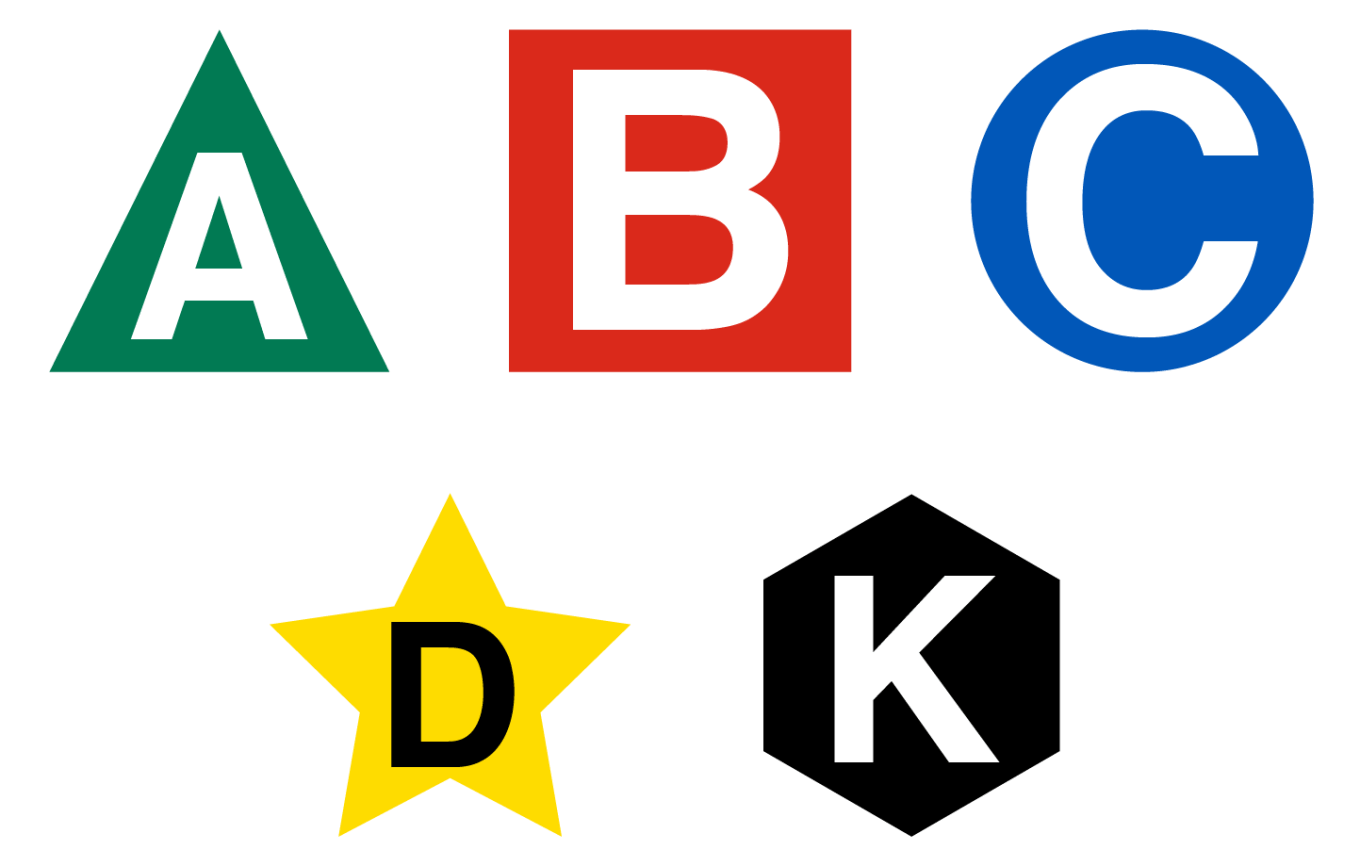Fires are burning faster than in years past because of modern home furnishings, open floor plans, and unprotected lightweight wood, according to the National Fire Protection Association. Homeowners have two minutes (or less) to react when a smoke alarm rings. For small fires, a fire extinguisher could save your home from destruction.
Melissa Gugni, a professional home organizer in San Francisco, says many fire extinguishers in her clients’ homes are tucked away and still in their original packaging. “That could be a problem if they were needed in an emergency,” she says.
While many households know the importance of having a fire extinguisher, they may be fuzzy on upkeep.
Steve Kerber, vice president and executive director of the Fire Safety Research Institute, offers guidance on fire extinguishers.
Fire Extinguisher Replacement: How Often?
The general guideline is every 10 years. But always check the manufacturer recommendation that should be displayed on the fire extinguisher.
How to Know If an Older Fire Extinguisher Works
Most fire extinguishers have a pressure gauge that shows their current pressure. That will indicate if the fire extinguisher has been used or damaged. Check to see if the pressure gauge is still within the device’s indicated proper pound per square inch range. Also, make sure the extinguisher’s can, hoses, and nozzles aren’t damaged, dented, or rusted. If they are, it’s time to replace the extinguisher.
Where to Put Fire Extinguishers in Your Home
A portable fire extinguisher should be placed so that a person wouldn’t ever have to travel more than 40 feet to reach it. You should never have to travel up or down stairs to access an extinguisher either, Kerber says. Keep at least one on each floor of the home. Make sure nothing is blocking or limiting your ability to reach it quickly. So, avoid storing an extinguisher under sinks, where other items may block it.
Type of Fire Extinguisher for Safety at Home
There are five types of fire extinguisher: water, foam, dry powder, carbon dioxide, and wet chemical. The agent used in each type depends on the kind of fire the extinguisher is intended for, according to the U.S. Fire Administration.
Fire extinguishers are also divided into five classes, three of which are typically used in homes:

- A — For use on ordinary materials like cloth, wood, and paper
- B — For combustible and flammable liquids, such as grease, gas, oil, and oil-based paints
- C — For electrical equipment, like appliances, tools, or other equipment that’s plugged in. Class C fire extinguishers use an agent that doesn't conduct electricity.
Classes D and K aren't usually used in homes. D is intended for flammable metals and typically found in factories; K is used for vegetable oils, animal oils and fats, and used in commercial kitchens.
Multipurpose fire extinguishers can be used on most types of home fire and might be labeled "B-C" or "A-B-C." Most home improvement stores carry them.
Now that you know the basics, make sure you place your fire extinguishers in the right locations and maintain and replace them to keep your home safe.
